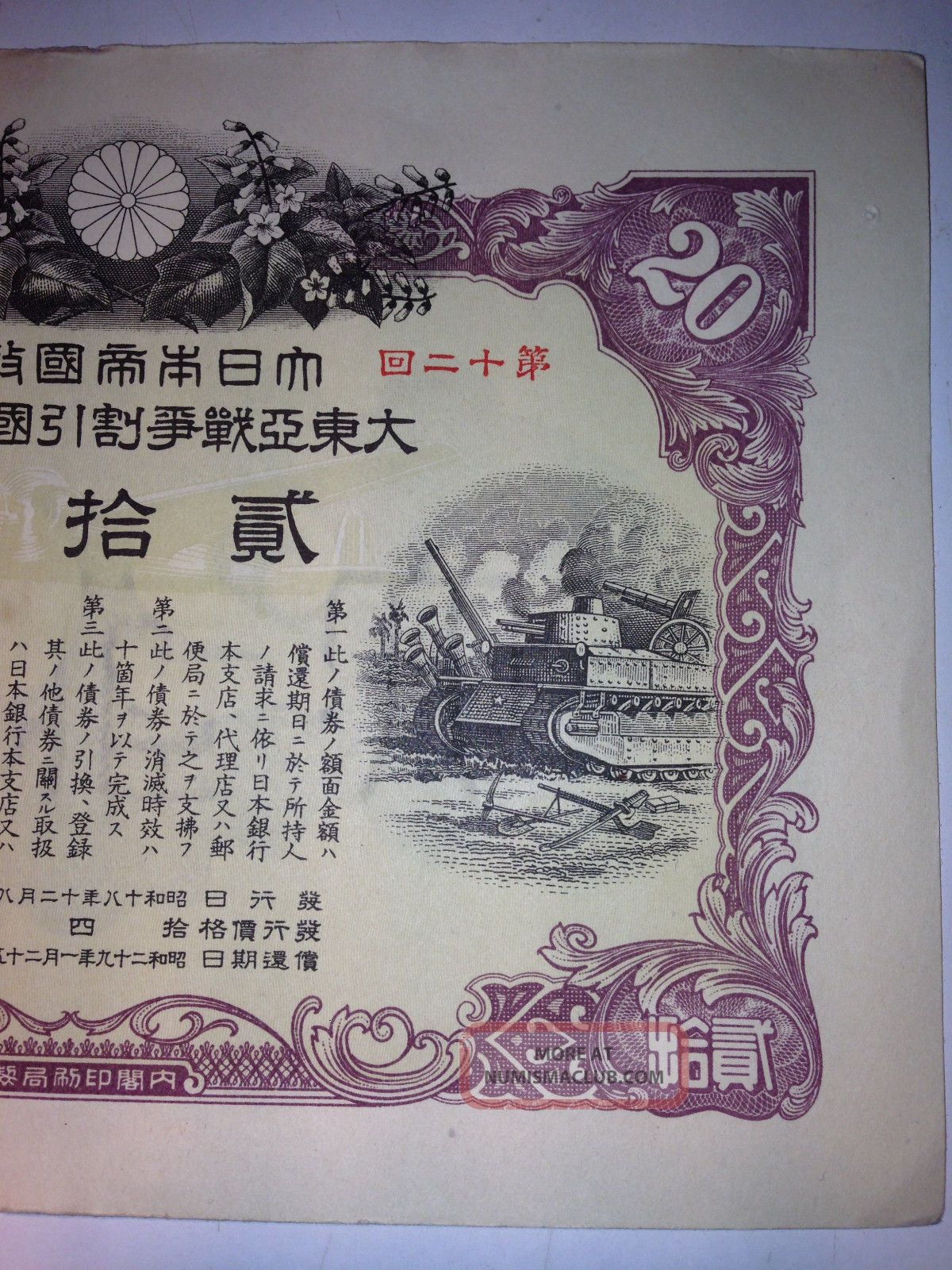

Kirponos’ Unrealistic OrdersĪt the end of the first day of war, Lieutenant General M.

The capture of Lutsk, an important road nexus, would allow the mobile German units an opportunity to break out into open terrain and advance along two axes to Kiev: the Lutsk-Rovno-Zhitomir-Kiev thrust and the Lutsk-Dubno-Berdichev-Kiev thrust. After achieving this objective, the German troops were to swing south along the river, trapping the bulk of forces of the Soviet Southwestern and Southern Fronts (Army Groups). The German operational plans called for a rapid advance to the Ukrainian capital of Kiev, capturing it and reaching the Dnepr River just beyond the city.

Potapov, bore the brunt of the enemy thrust desperately attempting to slow the German tide. The Soviet Fifth Army, commanded by Major General M. As a result of this skillful tactical move, a gap 40 kilometers wide allowed the jubilant Werhmacht troops to pour into Soviet territory. On June 22, 1941, Panzer Group 1, the armored spearhead of German Army Group South, breached the Soviet lines near the border town of Vladimir-Volynski at the juncture of the Soviet Fifth and Sixth Armies. This struggle in a roughly triangular area bounded by the cities of Lutsk, Rovno and Brody, became the forerunner of the brutal armored clashes on the Eastern Front. Yet, during the first week of Germany’s invasion of the Soviet Union, a tank battle involving up to 3,000 armored vehicles took place there. With the exception of a few narrow, poorly maintained highways, movement was largely restricted to unpaved roads running through terrain dominated by forests, hills, small marshy rivers and swamps. In 1941, the year of the Battle of the Bloody Triangle, the northwestern corner of the Ukraine was not what one would call tank country.


 0 kommentar(er)
0 kommentar(er)
